
I feel like I need a business degree just to be a responsible consumer these days. Words like “ethical, fair trade, green, sustainable, direct-trade, certified B Corp, fast fashion, direct trade, and multi-level marketing” are just some vocabulary you may encounter as you google around for companies you can get behind before you trust them with your hard-earned money.
I’m still learning, but here’s what I’ve discovered:
I’d rather buy something that may help a person in need than perpetuate a system thriving on the backs of underpaid workers in sweatshops.
During my research, I searched for ethical companies that may not be on your radar. The larger and more well-known ones are at the bottom of this post, because they are doing good work, too, but this year I wanted to showcase some smaller companies you may not know about. Almost every one of the companies on this list comes from a personal recommendation.
I chose ethical businesses that were affordable, had personal contact with the artisans, had a story and vision I loved, didn’t have cringe-worthy marketing perpetuating elitism or the white savior complex, and offered pretty products. All the specific gifts I picked are in the $50 or below range because that’s about what we can afford for gifts these days. 😉
I’m not receiving any compensation for sharing these, though several companies generously offered discount codes for Scraping Raisins readers, which you’ll find in bold. I’ve noticed many also offer discounts if you sign up for their mailing list.
The companies on this list are doing incredible work among disadvantaged people in the world. Read their stories, you’ll be amazed. You can feel better about spending your money at these companies this holiday season:
EMPOWERS: men and women coming out of the sex trafficking industry in Texas
SELLS: T-shirts, jewelry, prints, candles
From their site: “We visit strip clubs cross Texas, build relationships with club employees without strings attached, and connect them to community and spiritual resources. For those desiring to transition from the industry, we offer various programs to assist their journey. We also work with “Johns” who have been caught up in prostitution through our Stop Demand School. We stand against exploitation from materials to manufacturing while creating avenues of opportunity.” Their site is a little tricky, so click on the menu (three lines) and use the sidebar to view all their products. They have shirts with messages like: “The kingdom of God smells like cigarettes and perfume: Jesus Said Love.”
My pick for a guy would be this shirt for $30:
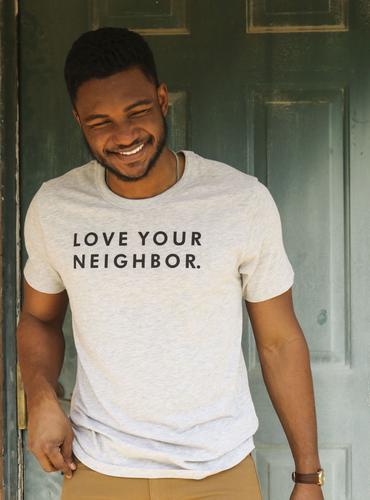
EMPOWERS: people in the Nandi Hills community in Kenya
DISCOUNT: 20% off if you use the code “RAISINS20”
From the site: “This small specialty factory is processing orthodox teas that have never been seen before in the world market: Purple, Green, Oolong and Black artisanal teas. The factory is fully staffed, managed, and owned, by small-scale Kenyan tea farmers in Nandi Hills.”
My pick is this Sunkissed Rooibos tea for $13 (it’s also available on Amazon here):
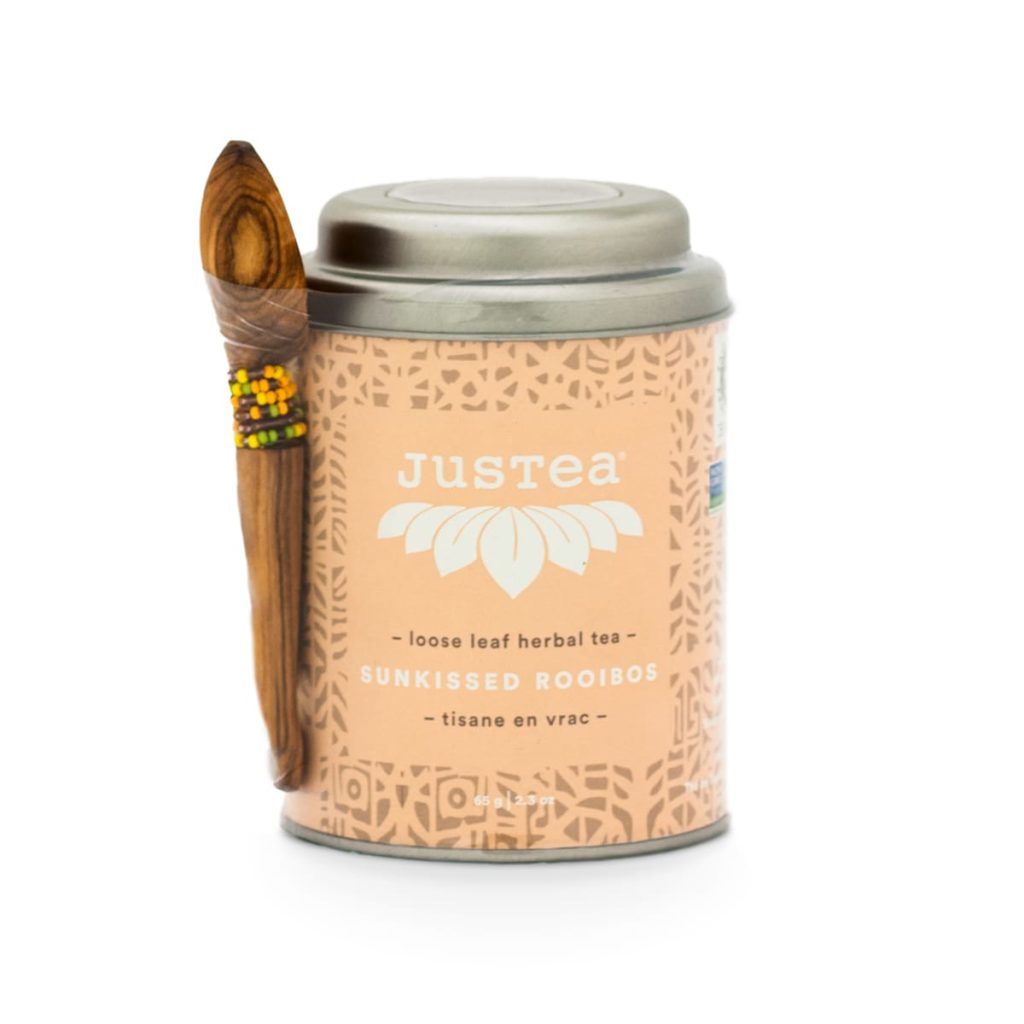
EMPOWERS: survivors of human trafficking
DISCOUNT: $5 discount at checkout using the code “Take5”
From the site: “We provide a sustainable hourly wage, an opportunity to build a job history and a resume, as well as work making quality products the ladies can be proud of. We use organic, fair trade ingredients in the manufacturing of our products to ensure that they are the most natural and socially conscious that they can be. We want to make sure that as we seek to provide freedom for the women we employ, we will not be oppressing any others!” This orange mint gift set for $25 might make a great gift for a female teacher, or a mother, sister, friend, etc.:
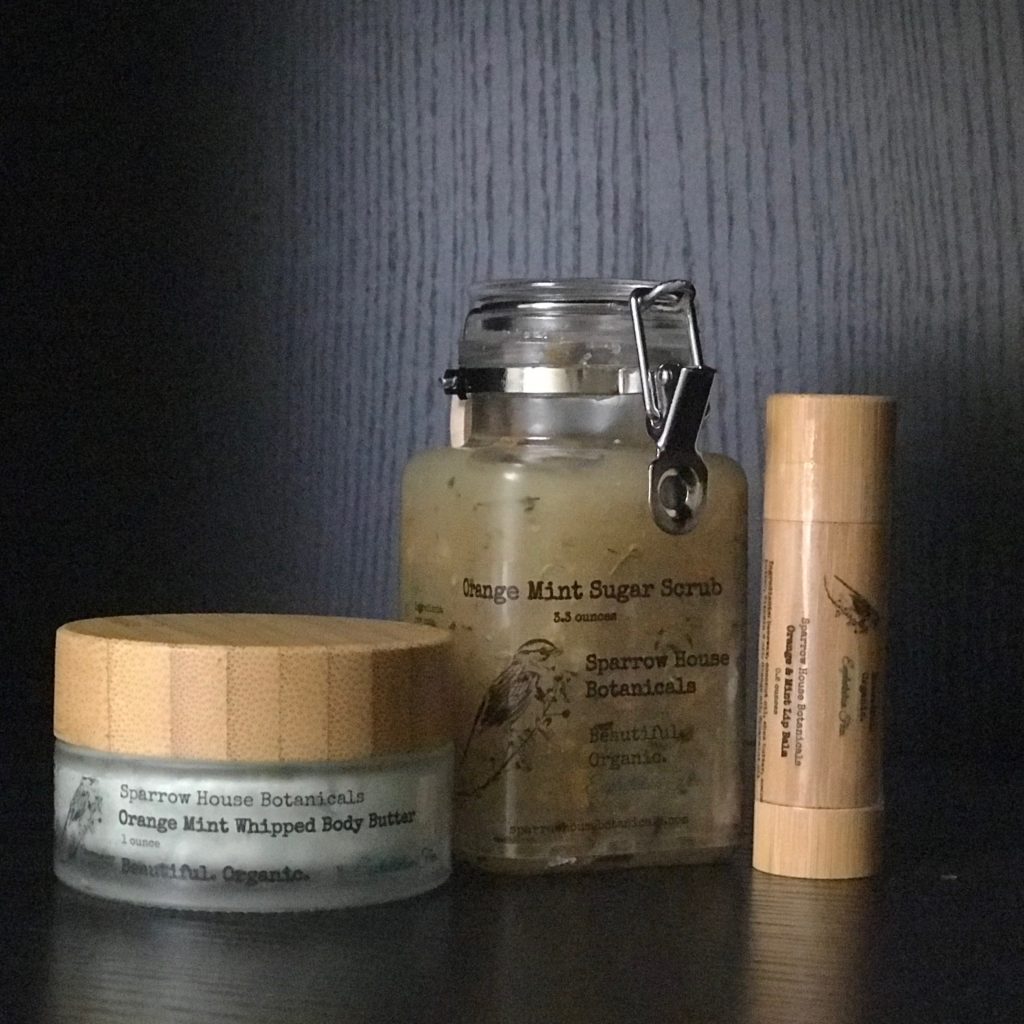
EMPOWERS: women and men in India
SELLS: tablecloths, aprons, pillow covers, and more
DISCOUNT: Use the code “Scraping Raisins” for 10 percent off until Dec. 10th!
From their site: “Ziyada exists to provide meaningful employment in a safe, loving environment for people caught in the devastating cycle of extreme poverty in North India, and in the process, to bring you more quality and beauty through each good we create.” *Recommended by my friend living in India.
My pick–4 napkins and placemats for $32 (I’d need two sets…):
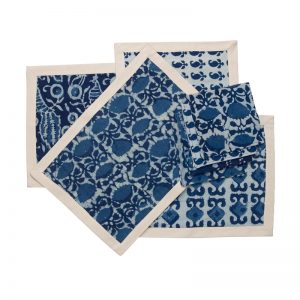
PROMOTES: green business practices and diverse books
From the site: “From sustainably sourced paper to vegetable-based ink, the materials that make up our books are ones that you can feel good about having in your classroom or home. Whether it’s donating Barefoot books to Marley Dias’ #1000BlackGirlBooks campaign or planting trees across the globe, the Barefoot family is taking action to make an impact every day.” My pick is The Barefoot Book of Children for $19.99, by Tessa Strickland and Kate DePalma:
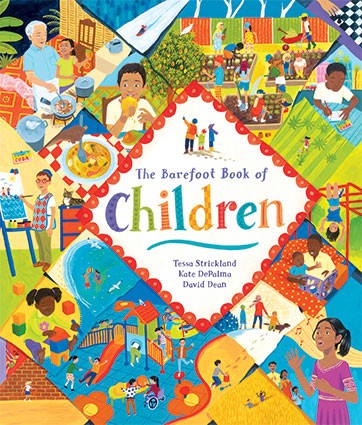
EMPOWERS: women in India
SELLS: handicrafts, Christmas ornaments, jewelry, bags
From the site: “The White Peacock is an outreach that helps Indian women work at home and support their family through creative designing, crafting and marketing handmade items. We have 60 working members who participate in weekly meetings of fellowship and chai. We exchange work at these meetings.” *Recommended by my friend living in India.
My pick (if I did yoga) would be this yoga bag for $14.99:
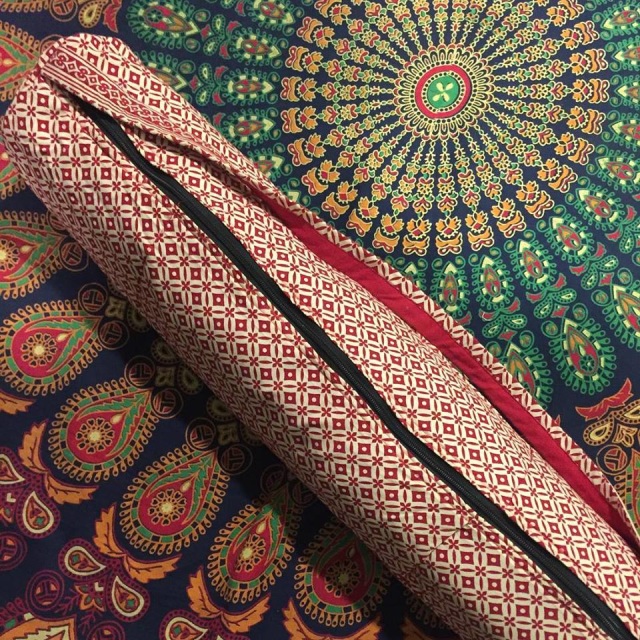
EMPOWERS: survivors of trafficking in India
SELLS: bags, tablecloths, baby gifts, home décor
Sari Bari has offered Scraping Raisins readers a discount code of 25% of per customer until December 15th! Enter the code “RAISIN” at checkout!
From their site: “Each Sari Bari product is marked with the name of the woman who made it. Vintage saris arrive at our sewing center in Kolkata’s largest red light district. Freshly laundered saris are sorted into product types and grouped by color and design. Bag and blanket patterns are traced and cut, all by hand! Pattern pieces are hand sewn using the traditional Kantha stitch. *This company came highly recommended by my friend living in India. ” My pick for a friend with a new baby, this baby changing mat for $30:
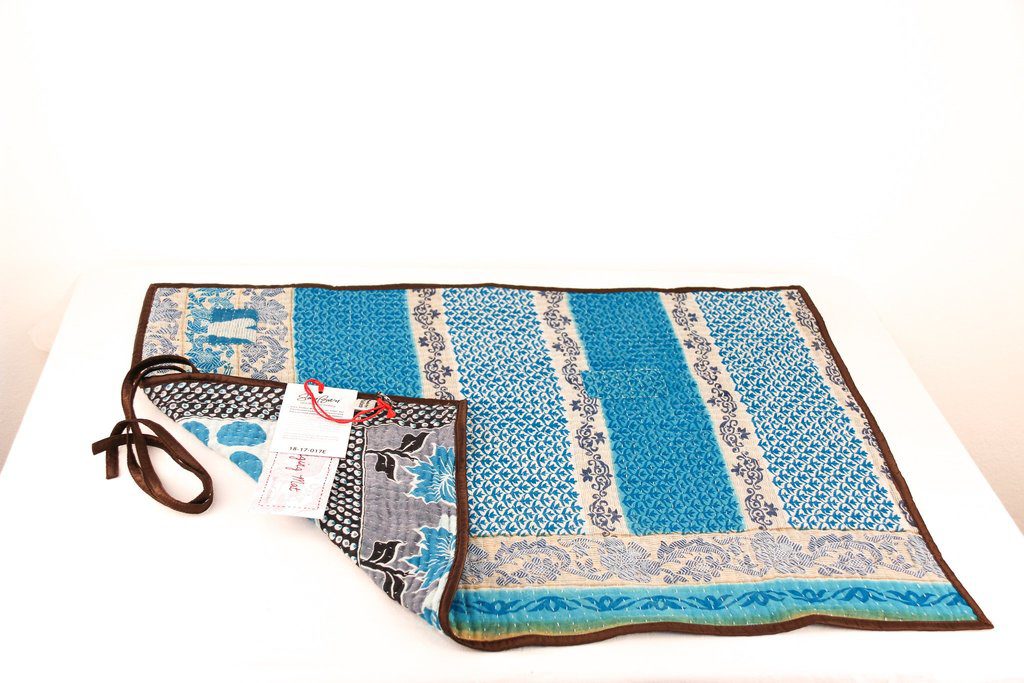
Or these fun dinner napkins (set of 6) for $42:
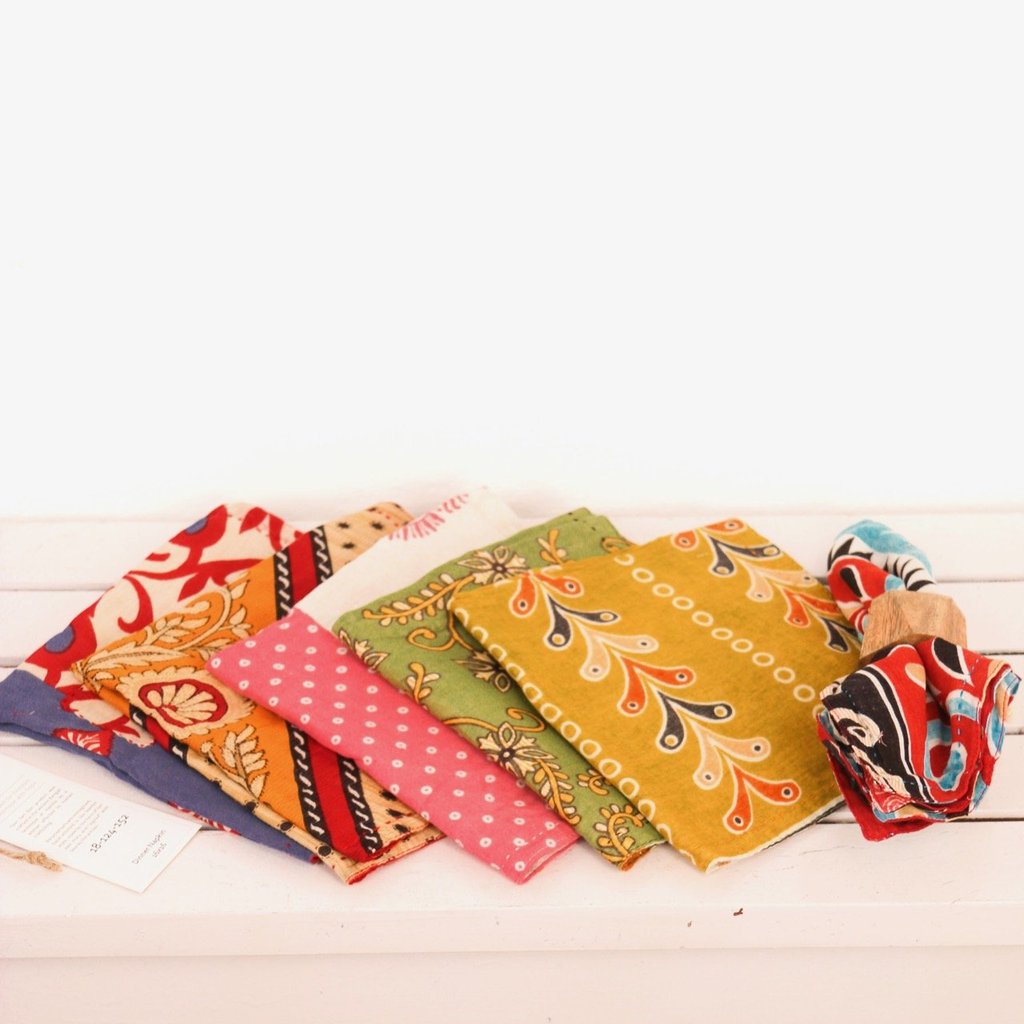
EMPOWERS: vulnerable and/or orphaned children
DISCOUNT: Use the code “go10” for 10% of all coffee and k-cups!
From the site: “100% of our profits go to enriching the lives of vulnerable and/or orphaned children. When you buy one bag of coffee $4 (our profit) goes to enrich the lives of vulnerable and orphaned children.”
The Gobena Coffee Club is their subscription coffee service and you get discounted coffee when you sign up for this option that includes free shipping! It would make an excellent gift for a coffee lover;-) My pick would be this Ethiopian coffee for $14.99:

EMPOWERS: Kenyans living in the Kibera slum
SELLS: jewelry, accessories, housewares
DISCOUNT CODE: Enter”SR15″ for 15% off any online purchase!
From the site: “Grain of Rice Project is a non-profit ministry, which seeks to empower Kenyan people with the love of Christ by helping them become self-sufficient through employment, education, and skills training. Most of the artists and children we work with live in the Kibera slum, which is the largest slum in East Africa.” My pick would be this coffee cup sleeve for $8.:
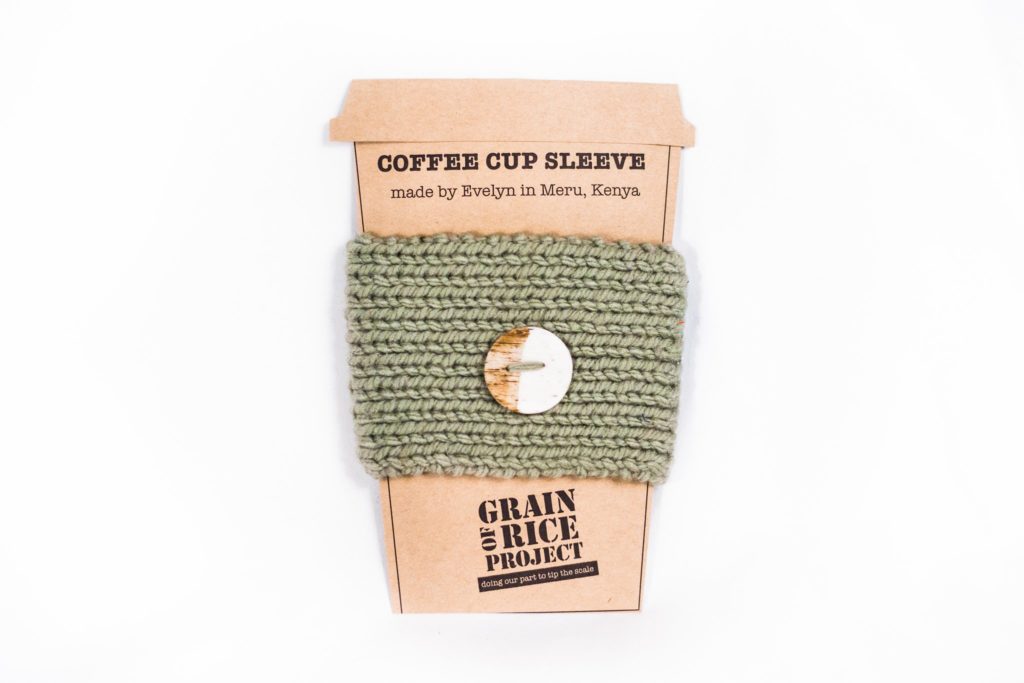
Or this apron for $25:
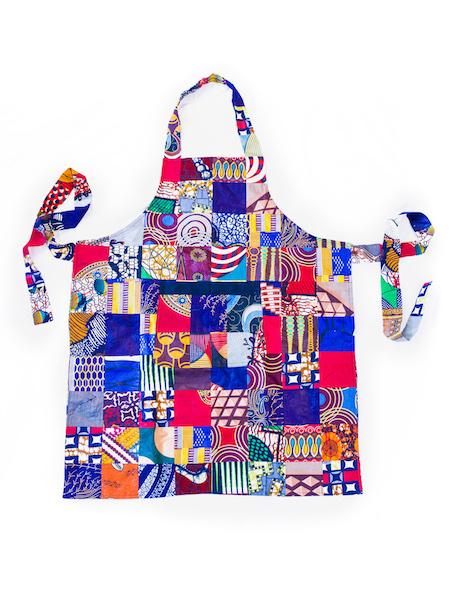
EMPOWERS: Formerly prostituted women in El Alto, Bolivia
SELLS: apparel, leather bags, accessories
DISCOUNT: For 10% use the code “RAISINS” at check out. One use per customer. Valid until December 31st!
From their site: “SutiSana was founded by Word Made Flesh in 2010 to provide dignified employment and a new life for women attempting to leave prostitution in El Alto, Bolivia …Word Made Flesh coordinates sewing training for women to prepare them to work in SutiSana. When a woman joins SutiSana, she receives all the benefits, including health insurance. She and her children are supported through community, and she is given opportunities to continually grow – learning to design bags, work with new materials, and even coach other women as they leave prostitution.” My pick for $45 (for a guy):

EMPOWERS: women coming out of sex trafficking in Nepal
From their site: “We dream to expand from one sewing center to several to provide more jobs. The waiting list is between 300-500 women who desire to work for Elegantees …The designs are ethically made by women (and some men too) who are paid fair wages. Fabric is sustainable using organic cotton in new fabrics we dye. We also source from dead stock fabric for non-organic blends.” Ok, so even though I’m trying to buy only used clothing these days, my reasoning is mainly because of the fast fashion industry. I could maybe make an exception for this shirt for $54... if it was a gift;-)

EMPOWERS: famers in South and Central America, Africa, and Southeast Asia
From their site: “Just Coffee is a certified B Corp. B Corp certification gives us a credible third party certification to ensure that our practices meet our mission and values– it vouches for us that we are a business that aims to be a force for good in the world. It looks at our commitment to environmental sustainability, being good partners to our suppliers, a good place to work for our employees, and a good neighbor our communities.” My pick is this coffee for $12:

EMPOWERS: those coming out of sex trafficking
SELLS: a cookbook, kitchenware
From their site: “What if, by sharing dinner together with our friends, we could fight the injustice? Seven people showed up to that first dinner and $300 was given to fight human trafficking. We didn’t know it at the time but the Freedom Dinners at Ciderpress Lane had begun. Now, that spark of an idea has turned into a full blown Fair Trade Shop that allows us to do what we love to fight what we hate. We are continuing to expand our online shop so you can buy the things that make Dinners at CiderPress Lane possible. From the cookbook that tells you exactly how to host a dinner in your own community to the very tables that we use in our orchard. Through the shop we are able to create local community workshops, host more dinners and give even more to Rescue:Freedom.”
My pick is this book for $28.99 (+$6 shipping):
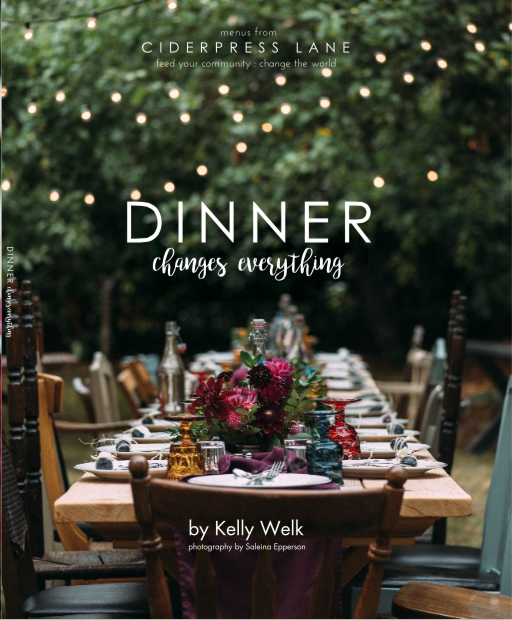
Or this tray for $42:

PROMOTES: green living
From the site: “Mighty Nest is a unique Web site that provides you the ability to research, get advice and buy natural, organic and non-toxic products all in one place. All of the products we sell are free from known toxic ingredients such as: BPA, PVC, Phthalates, Lead, Melamine, Formaldehyde, Flame retardants, Parabens and more.”
My pick is this reusable snack bag/sandwich bag lunch set for $35.97:
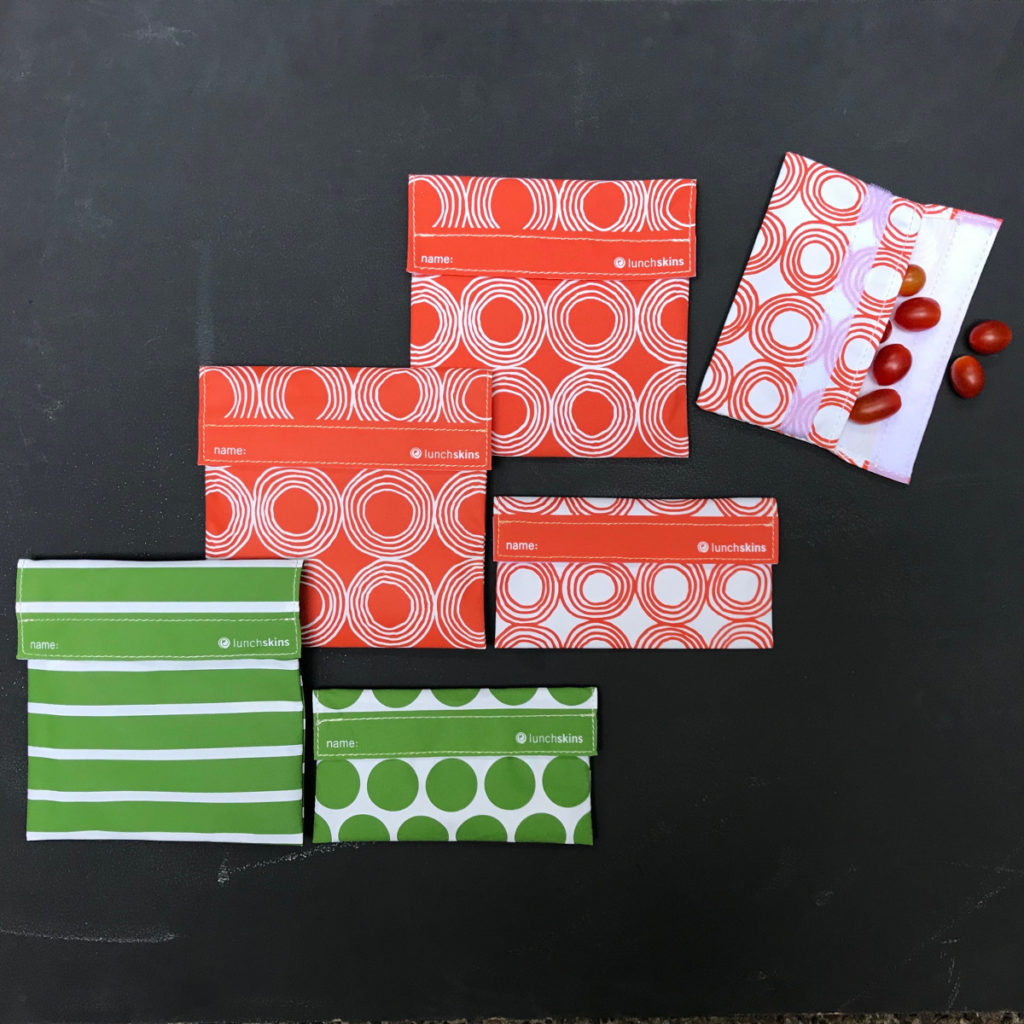
EMPOWERS: women in Bangladesh
SELLS: table runners, baby blankets, throw blankets, bedding
From the site: “We work exclusively on all of our textile products with Basha Boutique, HQ’d in the Mirpur district of Dhaka, Bangladesh. Basha is a generous, safe, kind- & whole-hearted business that employs vulnerable and at-risk women in dignified, sustainable work.”
My pick is this table runner for $48:

PROMOTES: individual artisans
SELLS: art prints, cards, childrens’ books
I discovered Meenal’s work at an online popup shop and fell in love. She is a talented illustrator, children’s book author, designer and artist. You can check out her kick-starter for a children’s book called Priya Dreams of Marigolds and Masala here. This is my favorite print from her etsy shop for $24:
 And this one, also starting at $24 depending on which size you want:
And this one, also starting at $24 depending on which size you want:

EMPOWERS: women and girls escaping human trafficking
SELLS: jewelry, candles, ornaments
DISCOUNT: Use the code “PRRAISINS15” for 15% off until Dec. 9th!
PURPOSE is the social enterprise of International Sanctuary, and 100% of the proceeds go directly back to the non-profit. “The mission of International Sanctuary is to empower young women and girls escaping human trafficking to embrace their true identity and worth.” The current sanctuaries are in India, Uganda, Mexico, and California. Their 2020 vision is “to launch 10 sanctuaries around the world where girls and women rescued from slavery are empowered in the restoration of their mind, body, and soul.” (from their site) My pick is these shimmer hoop earrings for $26:
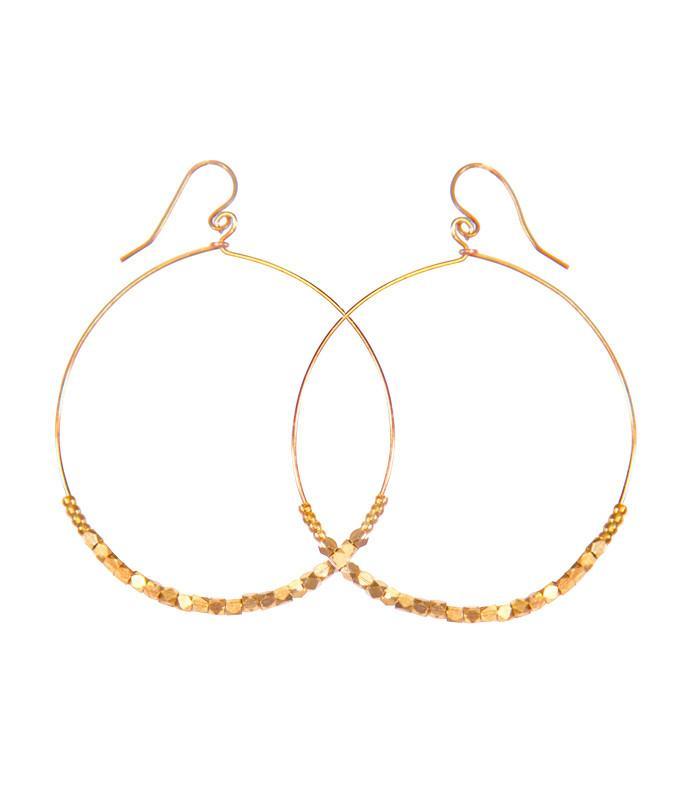
EMPOWERS: disadvantaged women in the Denver, CO, area
SELLS: dried soups, cornbread, brownies and other food
From the site: “We hire women who are chronically unemployed and we teach them to work by making nourishing products that we sell across the US through some of the country’s largest retailers. We offer a transitional job in dry food manufacturing designed to provide women immediate income, arrange support services to overcome barriers to employment, and teach the job readiness and life skills needed to get and keep a job. Through their work at the Bean Project, the women learn to stand tall, find their purpose and break the cycle of poverty. Because when you change a woman’s life, you change her family’s life.”
My pick is this old fashioned chili and cornbread gift bundle for $13:

PROMOTES: buying handmade items from small businesses
SELLS: jewelry, trays for display, home décor
This company is run by my sister-in-law out of Marietta, GA.”Her mission is to preserve beautiful specimens from lace, botanicals and papers in glass as an archive of the past in a clean, minimal and modern way using traditional stained glass processes.” (from her site) Love this photo frame for $48:

EMPOWERS: Farmers in Ghana
From their site: “Divine Chocolate is co-owned by the 85,000 farmer members of Kuapa Kokoo, the cooperative in Ghana that supplies the cocoa for each bar of Divine. As owners, they get a share in the profits, a say in the company, and a voice in the global marketplace.” This is a 3.5 oz bar for $3.99. These would make great stocking stuffers!
EMPOWERS: A variety of artisans around the world
SELLS: jewelry, accessories, women’s clothing, and gifts for men
DISCOUNT: 20% off + free shipping with the code “DOGOODSHOP20”
From their site: “Do Good Shop runs like a business, but is actually a nonprofit organization. This means that not only does each purchase create jobs for vulnerable artisans, but also ALL of our net proceeds go directly back into supporting the artisans and their communities, and educating others about this great need.” I got this journal for Christmas last year and LOVE it (it’s $26):

My pick this year would be this eyeglass case for $20:

PROMOTES: Local manufacturing using recycled materials
This site has a wide range of toys for children. Though they are plastic, they are much sturdier than your typical plastic toy and they use recycled materials. From their site: “From our 100% recycled materials to our US-based manufacturing, we’re raising awareness about sustainability while delivering unquestionably safe products.” We have this tool set for $29.99 and really like it!

EMPOWERS: Trafficking survivors in Cambodia, disadvantaged in Haiti, and those coming out of homelessness in Pennsylvania
SELLS: clothing, men and women’s aprons, bags, and even dress shirts and neckties for men! (It is very difficult to find reasonably-priced, ethical clothing for men.)
DISCOUNT: 15% off with the code “scrapingraisins” until November 21st!
This site includes a ton of information about the artisans involved and each product has a symbol indicating who made it. From their site: “We are creating products that care for the human race—giving opportunity for individuals to care for their children, families, and health. . . so that a new generation has a fighting chance to break the cycle of poverty.” They also lead trips abroad for people to learn about poverty and the garment industry. I bought some wristlets last year for my nieces and loved them. I still do:-) Here’s another one I like for $25:

EMPOWERS: Artisans in Africa and refugees in the U.S.
From the site: ” Founded in 2010, Mercy House started with a dream to help pregnant teen moms in Nairobi, Kenya. Today, Mercy House fully funds two maternity homes in Kenya. They are paid more than a fair wage and empowered by your purchase. The artisans who make the lovely items in our shop are some of the most oppressed and impoverished in the world, from Kenya to Ethiopia to refugees relocated to the United States.They also have a “charitable gift catalogue” where you can donate to practical needs of real women such as: “provide a mosquito net, food for one mom and child, an academic scholarship, fund literacy classes for women, provide a sewing machine, or rescue a pregnant girl.” This case for $22 that comes with colored pencils and a journal would be great for kids (or adults!) to bring when they’re on the go (like if they want to draw during church ..):

EMPOWERS: artistans from Haiti
SELLS: bags, jewelry, home décor, toys, T-shirts
DISCOUNT: Enter code “RAISINS” to get 15% off now through end of 2018!
From the site: “Our mission is orphan prevention and we do that through job creation. Papillon is providing hope to Haitian Artisans with the dignity of a job, training, and the ability to create something new out of something discarded and seemingly unusable. We use metal, cardboard, aluminum, dirt, and paper to make jewelry and other beautiful things.” My pick is this Metal Art Tree Topper in brushed metal for $20:

Or this checkers travel set for $24 would be a great gift for a child!
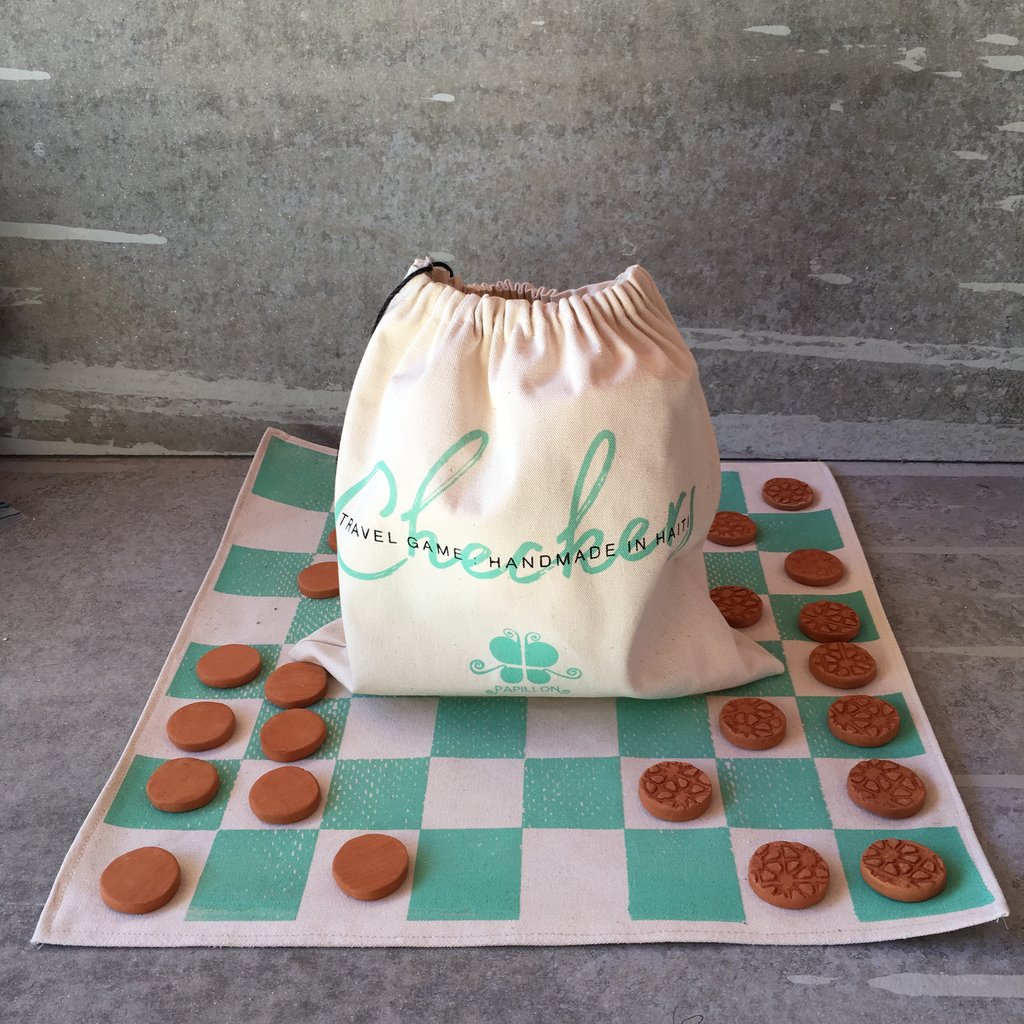
EMPOWERS: Refugees in Iraq, Syria and the U.S.
SELLS: soap, candles, services/items for refugees
I met the CEO and founder of this organization three summers ago at a conference. This is an incredible organization, and this site is just one small part of what they are doing. In addition to soap and candles, you can buy chickens for a displaced family, medical treatment for a war survivor or water for families in conflict zones in Iraq. This is their mission: “We’re a coalition stretching across Iraq, Syria, the United States, and beyond, working together to unmake violence and create the more beautiful world our hearts know is possible.” I gave some of these $10 soaps for stocking stuffers for my mom and nieces last year. My pick is this Sisterhood Soap for $45:
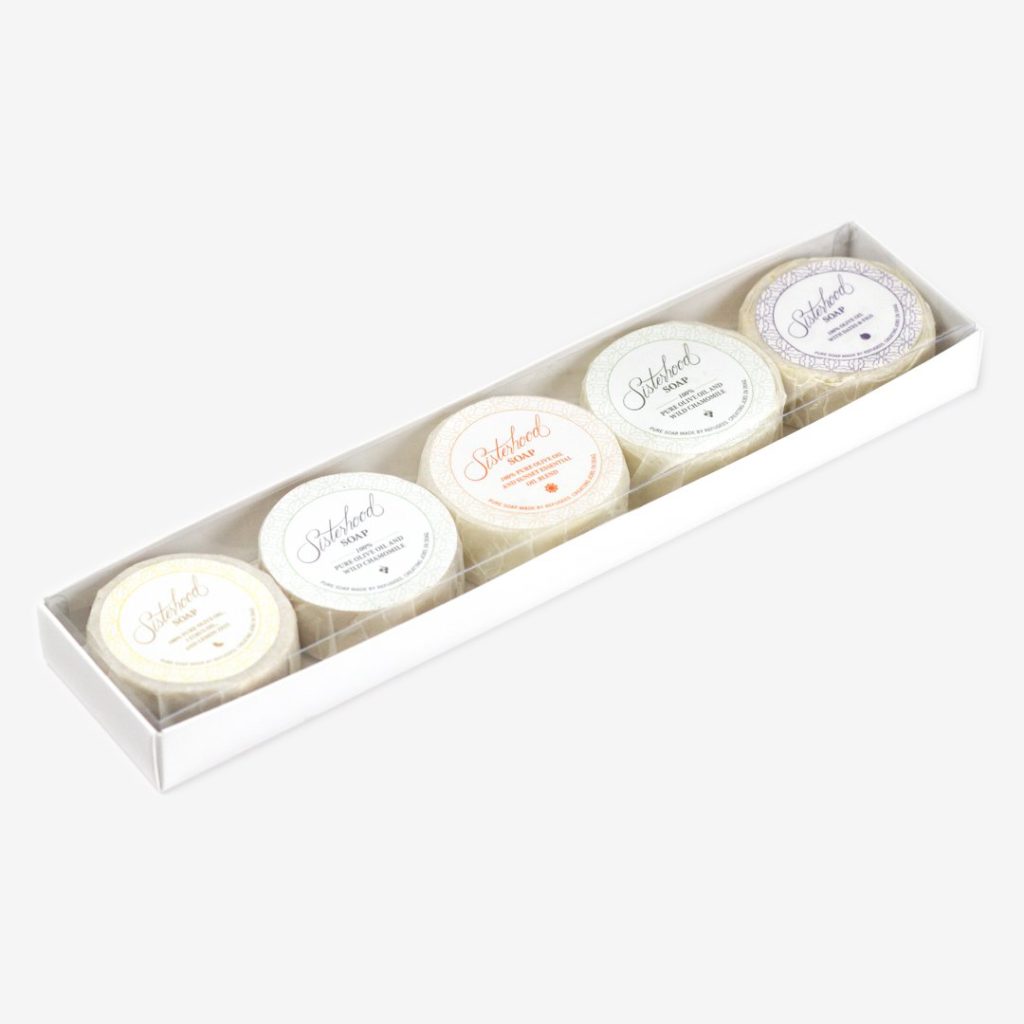
EMPOWERS: Refugees in Chicago
SELLS: purses, wallets, bags and journals made from upcycled materials
From their site: “We engage, equip and employ refugee women in the Chicagoland area. It is our greatest desire to provide a space for refugee women to thrive as they rebuild their hopes and dreams in the United States.” My pick is this mini tote for $27.95:
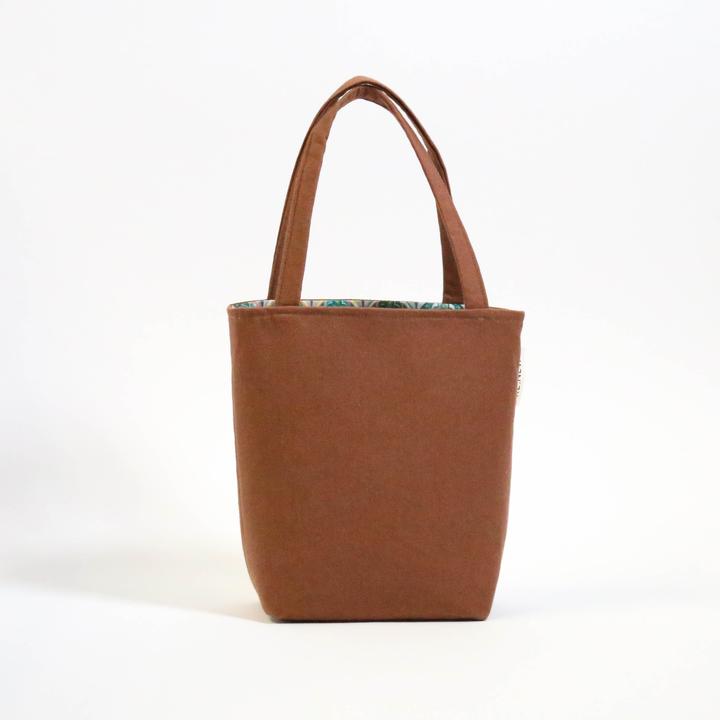
EMPOWERS: Exploited men and women in Cambodia
SELLS: accessories, apparel, bags, wallets
This company came highly recommended by a friend. From their site: “Located in Phnom Penh and the Saang District of Cambodia, Sak Saum is a ministry dedicated to the rescue, restoration, transformation and rehabilitation of vulnberable and exploited women and men.” My pick is this bag for $40 (but in slate):
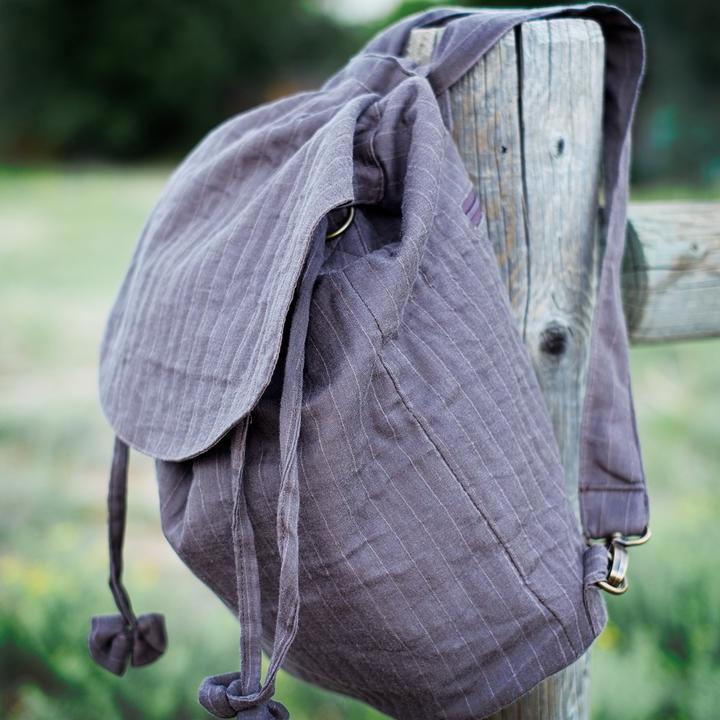
EMPOWERS: Women in poverty
“Each time you shop at soaphope.com, 100% of the profits – yes, every dollar – goes to empower women to lift their lives, families, and communities from extreme poverty. We select partners each year based on need and outcomes. In 2018, we are providing interest-free capital to Milaap, a microfinance institution in India focused on the rural poor, and we are currently finalizing other partners for loans that will be disbursed later this year.” My pick would be this deep lavender bath collection for $30.99:

EMPOWERS: Women coming out of trafficking in Asia
SELLS: jewelry
This company provides shelter, counseling, employment and education to women coming out of trafficking in Asia. From their site: “We provide life-changing opportunities through our Holistic Care Programs and our social enterprise where women create beautiful jewelry and become managers, accountants, graphic designers, and photographers.” I like this necklace for $42.99:
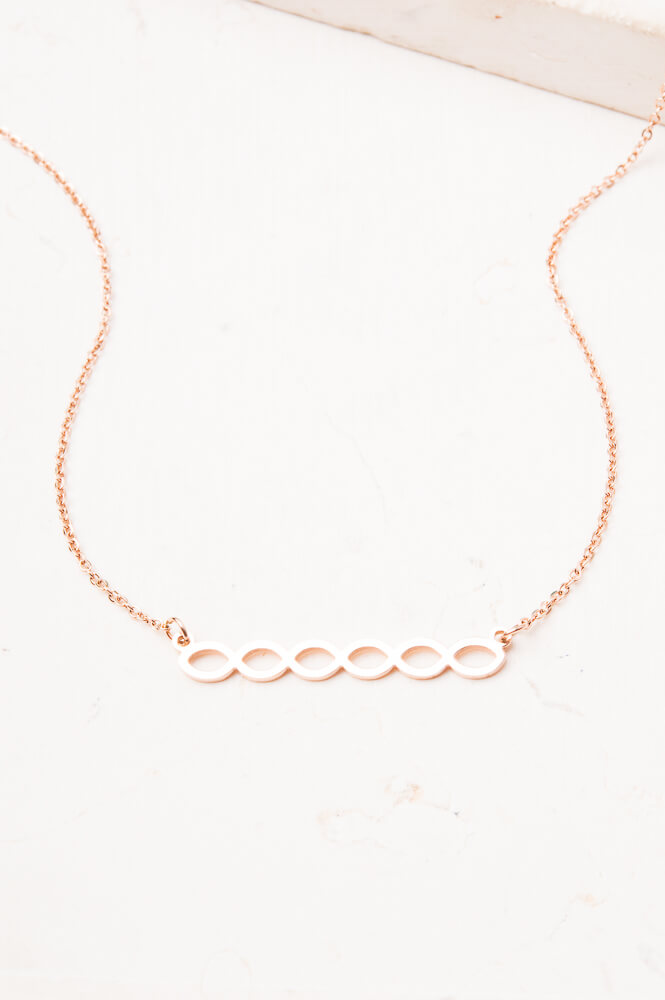
EMPOWERS: Women survivors of trafficking and addiction in the U.S.
SELLS: lip balm, bath sets, non-toxic bug spray, lotions, soap
DISCOUNT: Enter the code “ScrapingRaisins” for 10% off until Dec. 31st!
This is their mission: “Thistle Farms’ mission is to HEAL, EMPOWER, AND EMPLOY women survivors of trafficking, prostitution, and addiction. We do this by providing safe and supportive housing, the opportunity for economic independence, and a strong community of advocates and partners.” They have some bath sets and smaller items for stocking stuffers that would make great gifts. Someone please buy me this bath soak set for Christmas…;-) This set is my pick for $25:

Other AMAZING Companies:
These companies are partnering with many different artisans and/or fair trade businesses around the world.
Accompany
Equal Exchange
Global Girlfriend
Finders and Makers
The Flourish Market
Global Goods Partners
The Honest Consumer
Justly Market
Karama Collection
Krochet Kids
The Little Market
Noonday Collection
Serrv
Ten Thousand Villages
Trades of Hope
Support Indigenous Companies:
Kailin Curtice shared this fabulous thread on Twitter of gifts to support Indigenous people/organizations.
Please leave links to other ethical sites you love. There were so many more that I couldn’t include. And share this post to spread the word on these amazing companies!
Sign up for the (occasional) Mid-month Digest and the (loosely) “end of the month” Secret Newsletter for Scraping Raisins Here:
Follow me on Instagram @scrapingraisins–I frequently give away books and products I love!

* Images from various shops
**Contains some Amazon affiliate links
Photo by Kari Shea on Unsplash























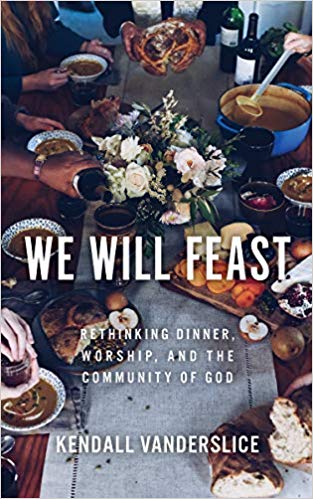


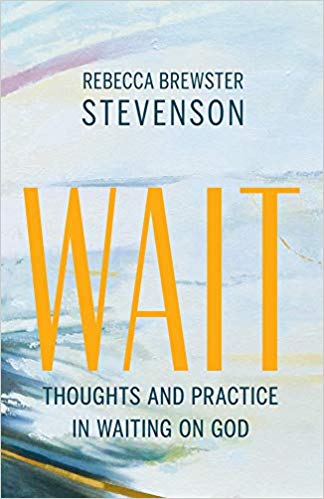

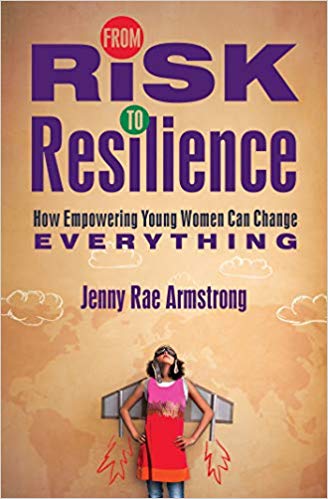



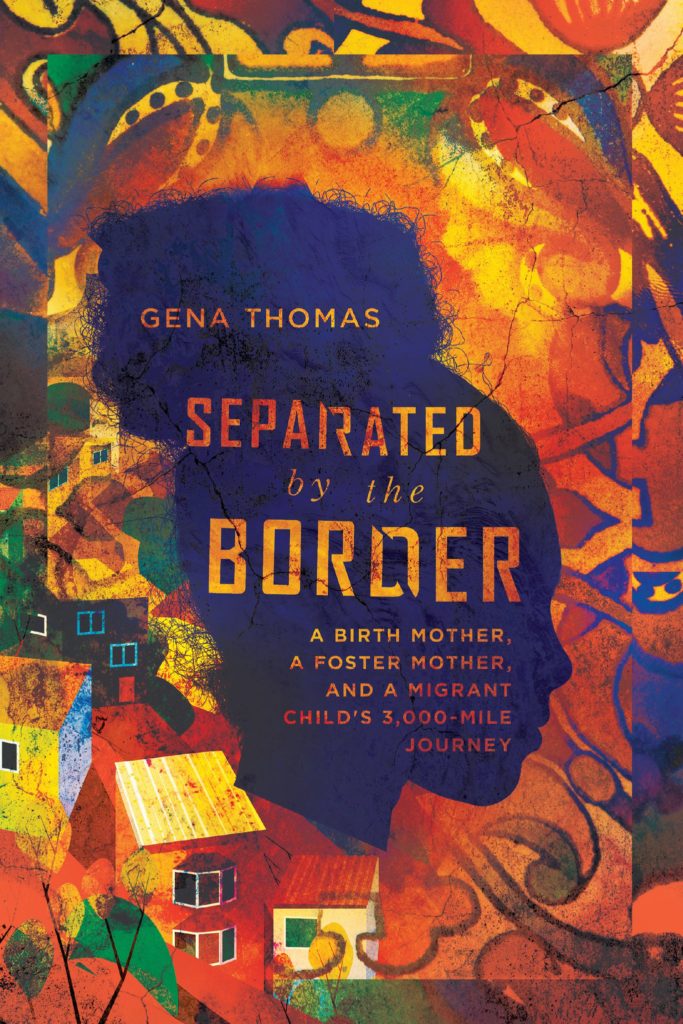

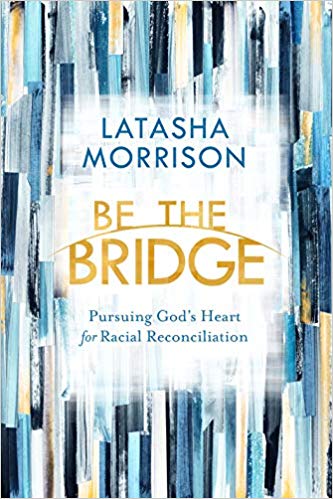
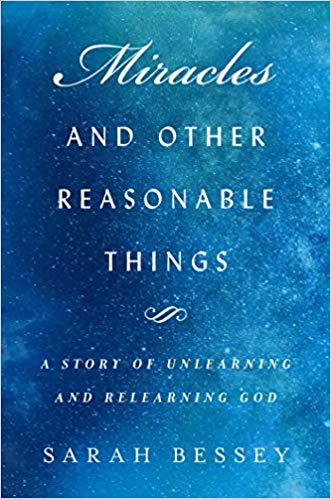
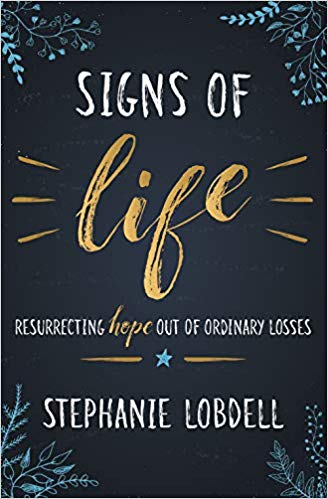

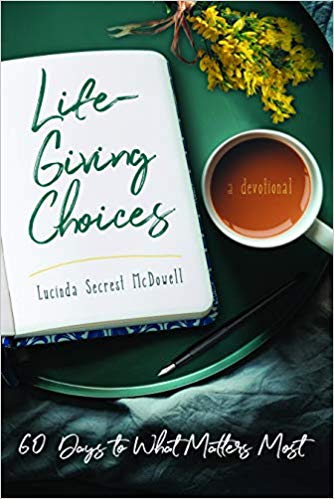


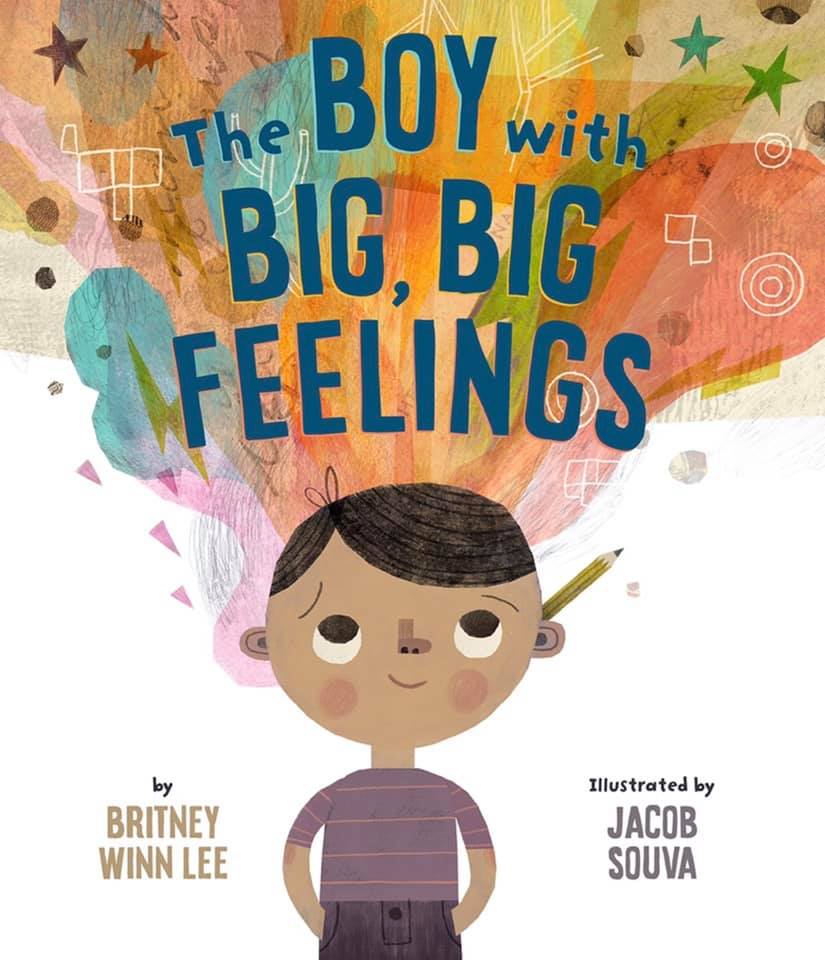





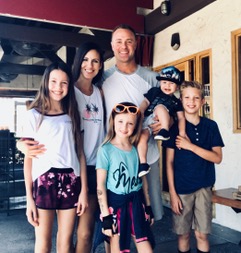

 My children tore into the Christmas boxes yesterday, leaving books, toys, ornaments, lights and wrapping paper strewn about the living room. They arranged the Fischer Price toy manger in bizarre configurations and started in on their own versions of the Christmas story. A week ago for movie night, we watched the kids’ movie, The Star (complete with Oprah, Tyler Perry and Kelly Clarkson as voice actors) on Netflix and I wondered how much of the plot to critique with my children, age six and under.
My children tore into the Christmas boxes yesterday, leaving books, toys, ornaments, lights and wrapping paper strewn about the living room. They arranged the Fischer Price toy manger in bizarre configurations and started in on their own versions of the Christmas story. A week ago for movie night, we watched the kids’ movie, The Star (complete with Oprah, Tyler Perry and Kelly Clarkson as voice actors) on Netflix and I wondered how much of the plot to critique with my children, age six and under.







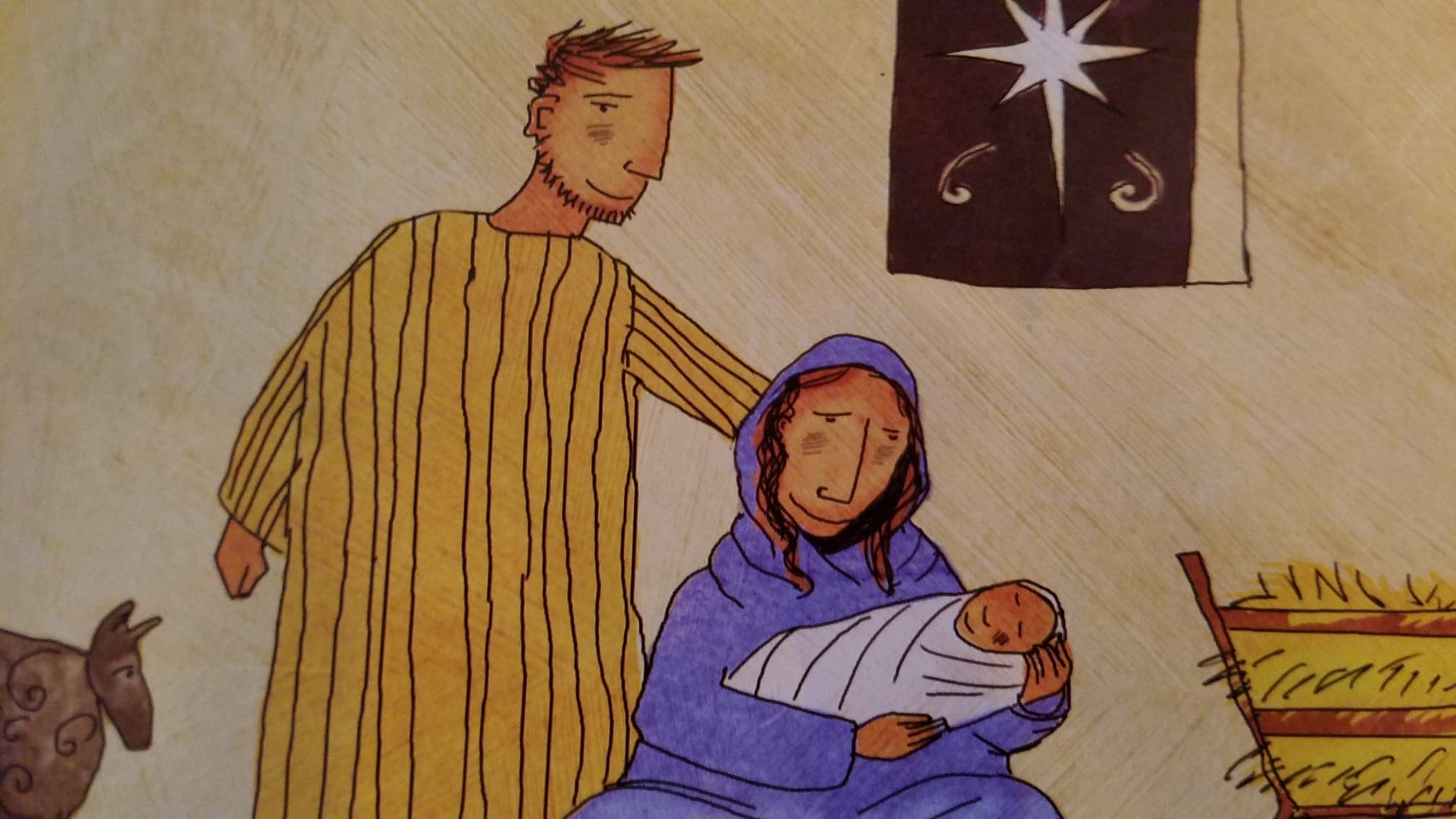
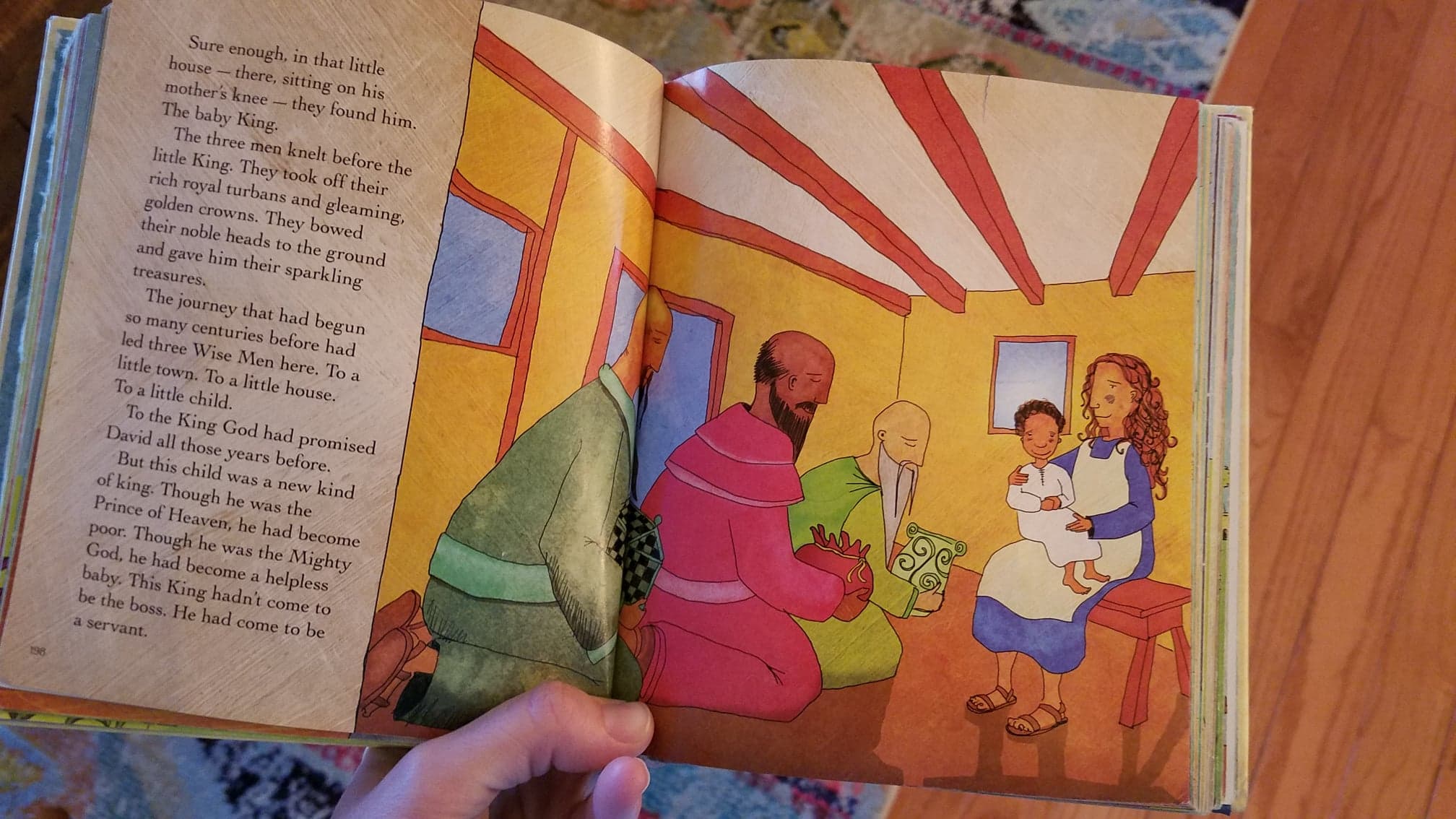






 For December, the theme on the blog is “The Other Side of Advent.” Let me know if you’re still interested in guest posting (I’m usually willing to extend deadlines)! Check
For December, the theme on the blog is “The Other Side of Advent.” Let me know if you’re still interested in guest posting (I’m usually willing to extend deadlines)! Check 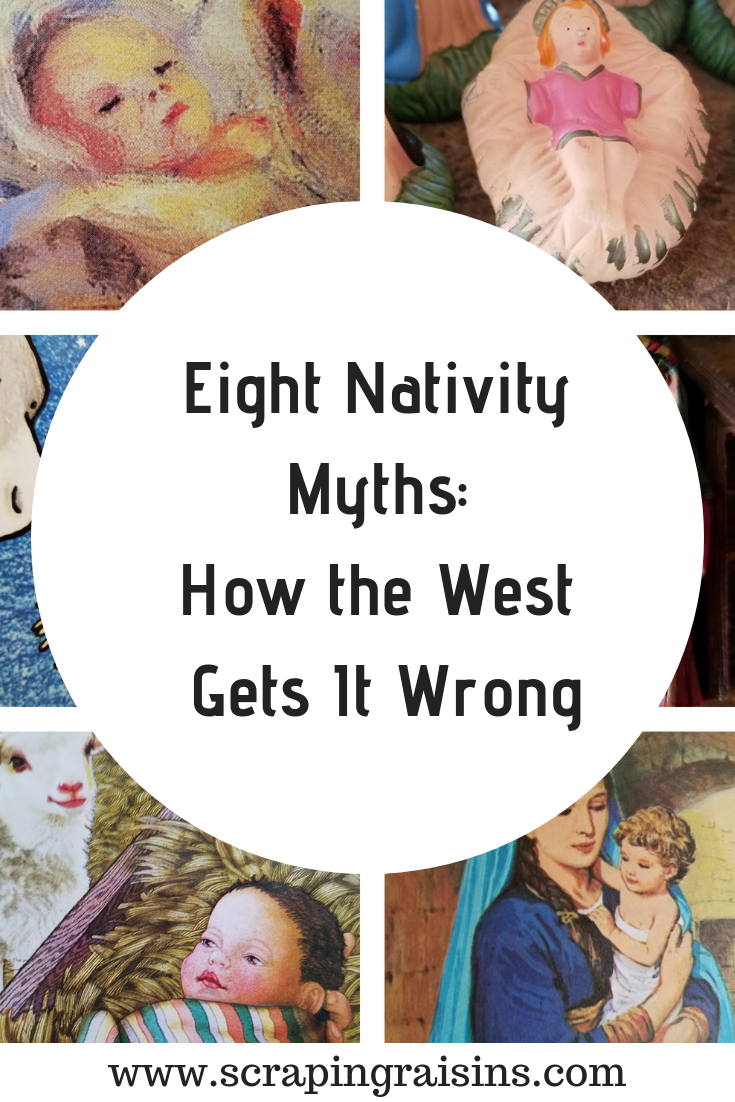

 Claire Florine is a writer living on the Far Southside of Chicago. Wife to a visionary, mommy to two wee ones, and a lover a good cup of black coffee, she seeks to simply life by pursuing meaningful minimalism, gobs of gratitude, and contentment in all situations. Find her writing at
Claire Florine is a writer living on the Far Southside of Chicago. Wife to a visionary, mommy to two wee ones, and a lover a good cup of black coffee, she seeks to simply life by pursuing meaningful minimalism, gobs of gratitude, and contentment in all situations. Find her writing at 


















 And
And 



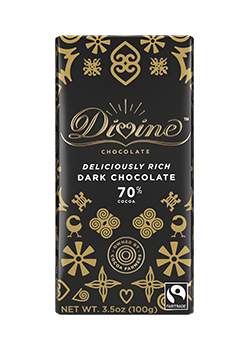
















 Beth Watkins spent the last 6 years working in North and Sub-Saharan Africa with street children, refugees, and other vulnerable populations. She is currently settling back in the US with her immigrant husband and writes about living toward the kingdom of God and flailing awkwardly into neighbor-love at her
Beth Watkins spent the last 6 years working in North and Sub-Saharan Africa with street children, refugees, and other vulnerable populations. She is currently settling back in the US with her immigrant husband and writes about living toward the kingdom of God and flailing awkwardly into neighbor-love at her 
 Josi grew up on a farm in rural Nebraska. She received a Masters in Biblical and Intercultural Studies in Chicago. Shortly thereafter, Josi and her husband moved to West Africa to do business and non-profit work. Once they returned to Chicago, they worked for a refugee resettlement agency. Now they work for
Josi grew up on a farm in rural Nebraska. She received a Masters in Biblical and Intercultural Studies in Chicago. Shortly thereafter, Josi and her husband moved to West Africa to do business and non-profit work. Once they returned to Chicago, they worked for a refugee resettlement agency. Now they work for 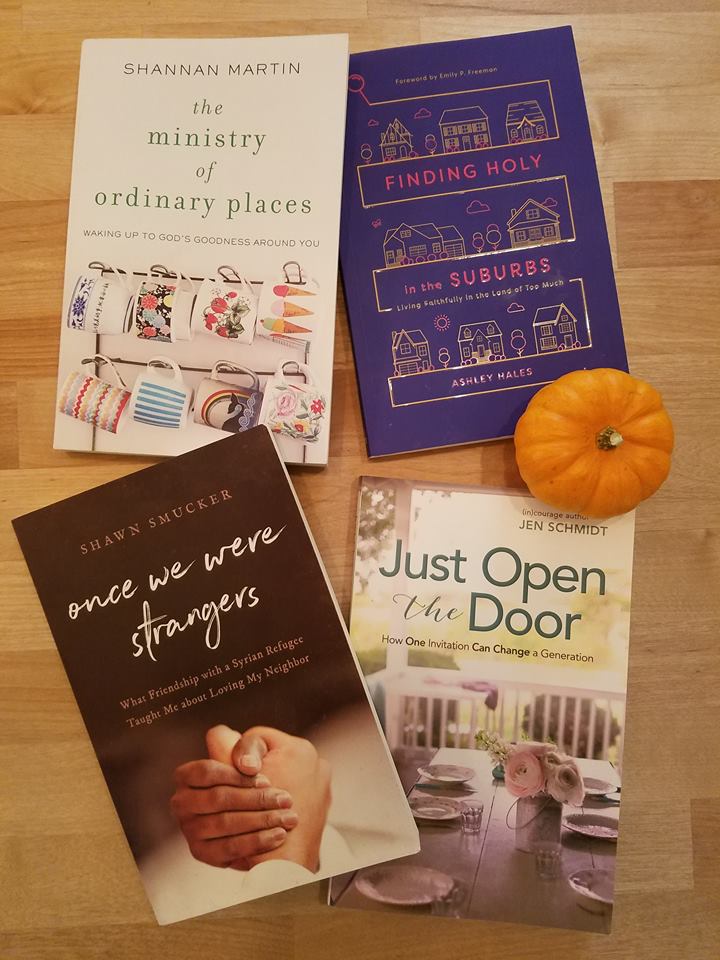
 This month on Scraping Raisins we’re talking about practical and impractical hospitality. Be sure to follow along on my social media channels (buttons on top right of website) and
This month on Scraping Raisins we’re talking about practical and impractical hospitality. Be sure to follow along on my social media channels (buttons on top right of website) and